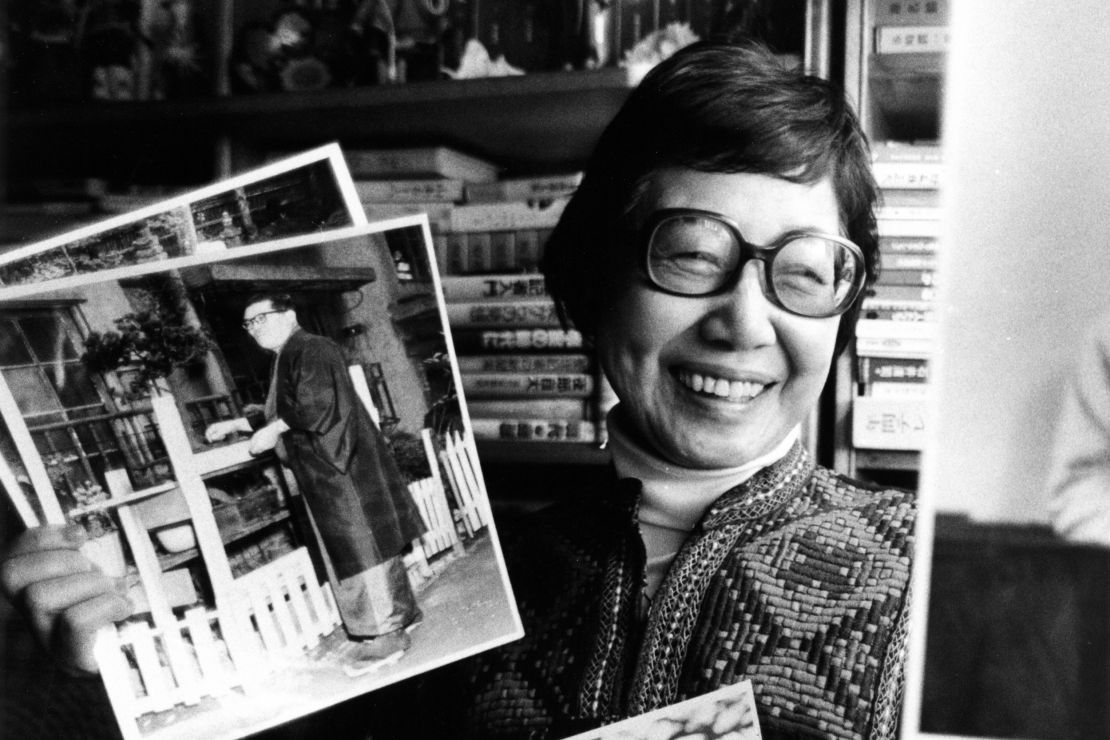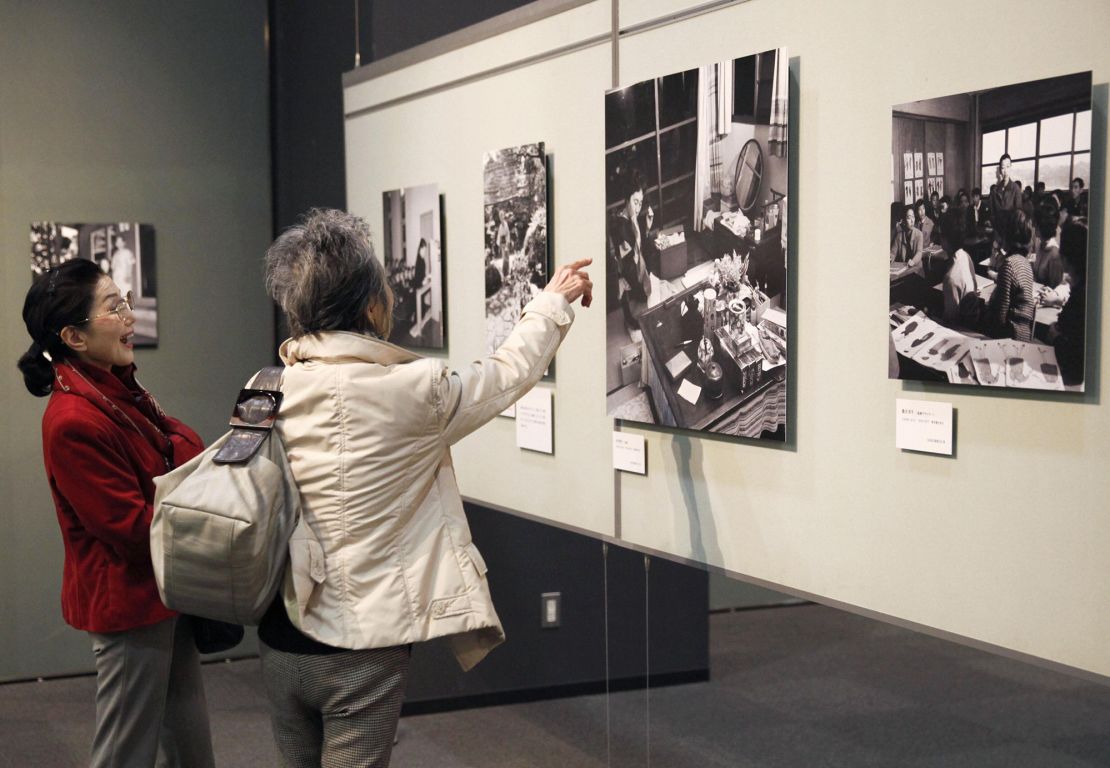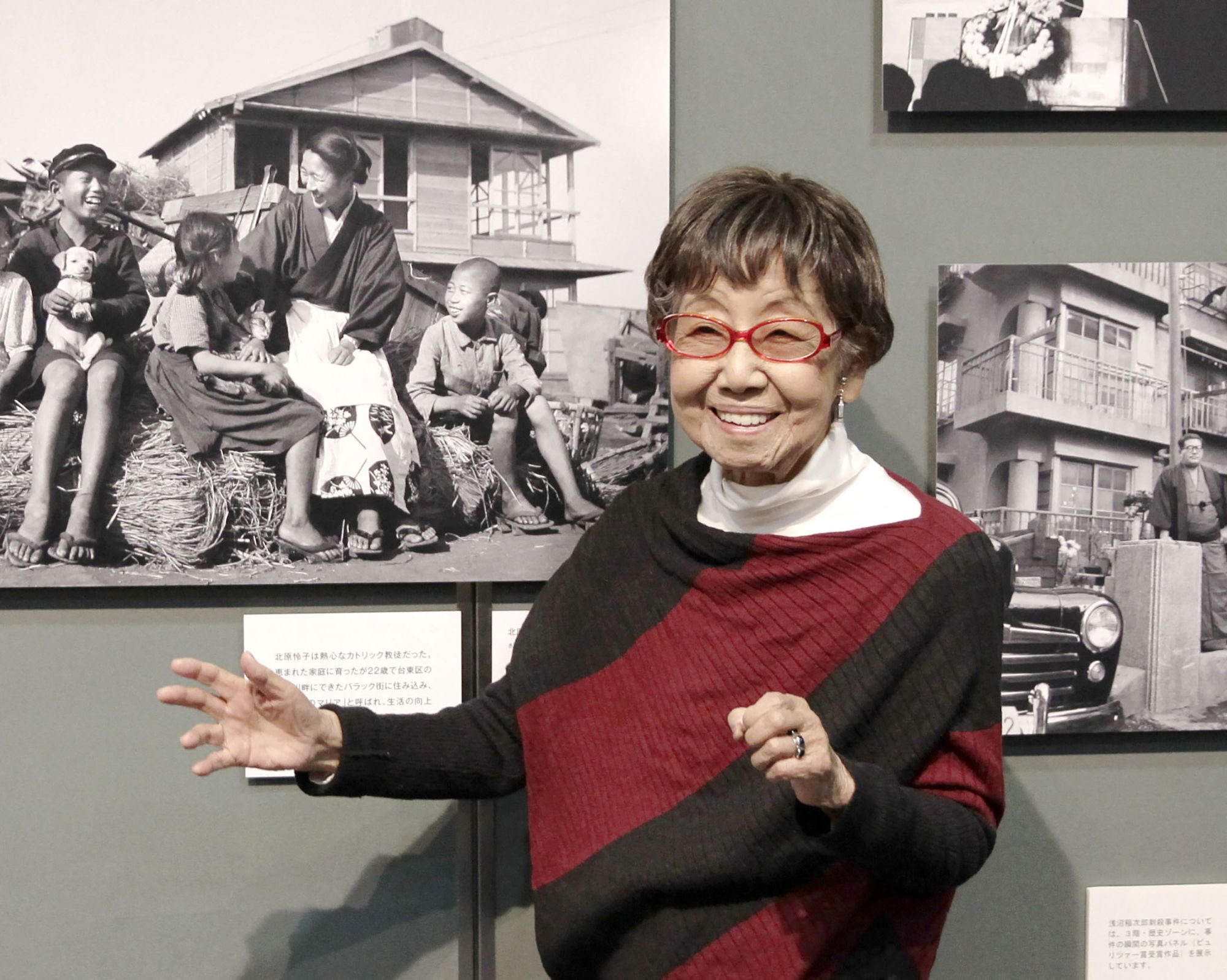Japan’s first female photojournalist Tsuneko Sasamoto, who captured the lives of civilians under the country’s tumultuous Showa era, has died at the age of 107.
Sasamoto passed away on August 15 in the beachside city of Kamakura, south of Tokyo, the Japan Professional Photographers Society, of which Sasamoto was an honorary member, confirmed to CNN Tuesday.
She died of natural causes, the organization said.
Sasamoto was largely credited as a pioneer in her field.
Born in Tokyo in 1914, she studied illustration and pattern design at school, according to the National Gallery of Art.
After graduating, she secured an interview with Kenichi Hayashi, the head of the Japan Photo Library, thanks to a family connection.
Hayashi asked Sasamoto if she wanted to become the country’s first female photojournalist and, according to her official biography from book publisher, Shinchosha, in 1940 she officially joined the Photographic Society of Japan, embarking on an illustrious news photography career.

She first took photos of the Women’s Celebration of the Tripartite Pact between Japan, Germany and Italy in the 1940s.
Sasamoto went on to cover World War II in Japan, following diplomatic envoys and human-interest stories intended to inspire patriotism and national solidarity. Several of her images appeared in the Shashin Shuho, a weekly publication circulated by the Cabinet Intelligence Department from 1938 to 1945, the National Gallery of Art adds.
When the war ended, Sasamoto returned to Tokyo and became a freelancer, having previously worked as a reporter for the Chiba Shimbun, according to Shinchosha.
She continued to document the voices of those living under the Showa era, during which Japanese fascism and nationalism rose and imperial troops under the Rising Sun banner occupied neighboring countries.
Sasamoto garnered acclaim for her nuanced perspective of postwar society, particularly her striking portraits whose subjects included artists, writers and the wives of striking coal miners, the National Gallery of Art notes.

In 1950, she joined the Japan Professional Photographers Society.
Eighteen years later, she traveled to Europe for the first time, then visited countries across the world, according to her Lucie Awards biography.
In 2011, she won the Yoshikawa Eiji Cultural Award and the Photographic Society of Japan Award. Three years later, she held photo exhibitions including “Tsuneko Sasamoto 100 Years Old Exhibition” and “100 Women.”
Toward the end of her life, Sasamoto said that a glass of red wine in the evening and a piece of chocolate every day were among her secrets to a long life.
“You should never become lazy,” she said in an interview with Art and Design Inspiration.
“It’s essential to remain positive about your life and never give up.
“You need to push yourself and stay aware, so you can move forward,” Sasamoto added.



